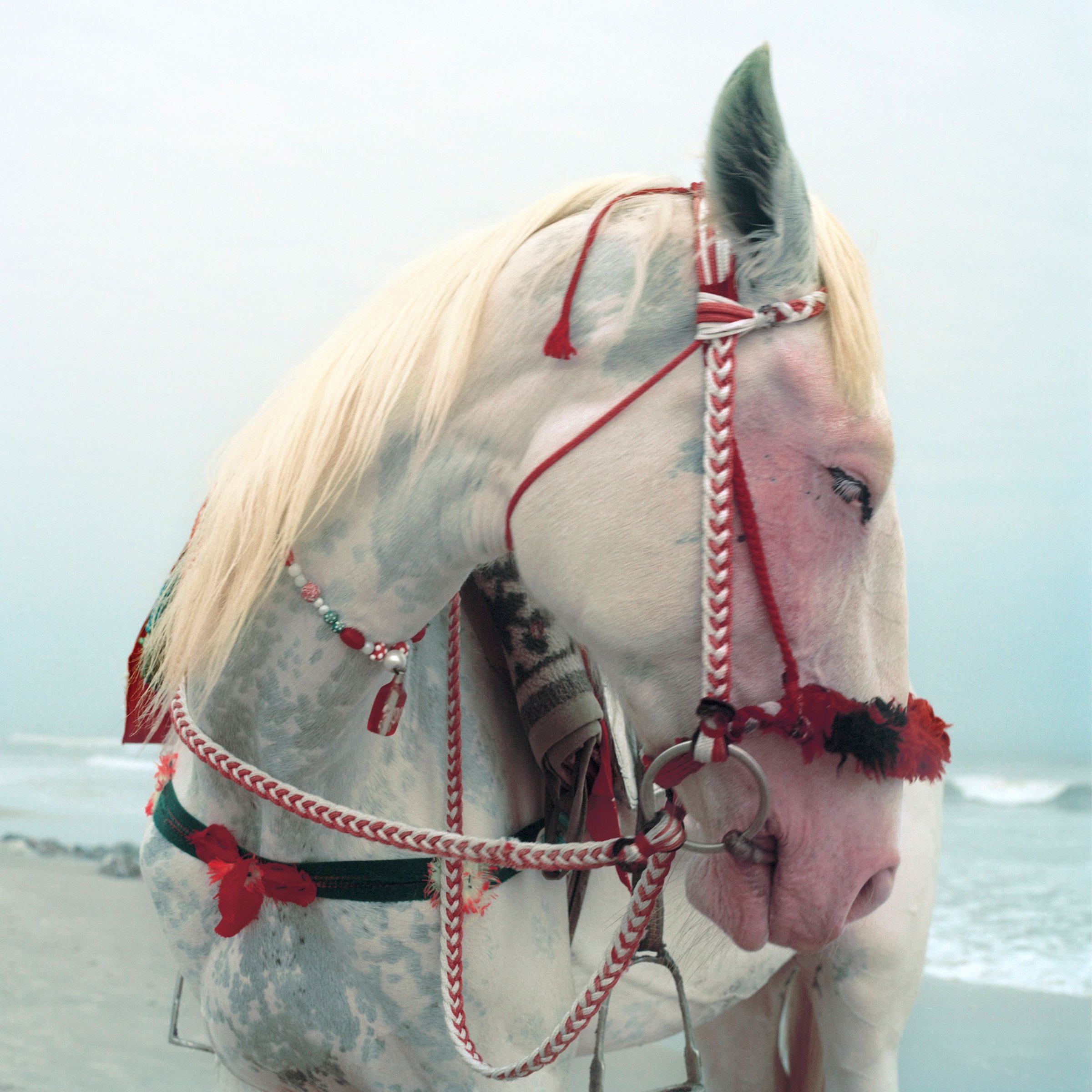
Ambiguity hovers over the work of Mimi Cherono Ng’ok like a hazy fog. The more one tries to make sense of the narrative, the more elusive it becomes. Like the infuriating feeling of trying to remember a dream as it rapidly evaporates or the strain of placing a distant memory into something tangible, it’s a fruitless activity. But here, to define is to demote.
Her untitled project, begun in 2013, is a series of vignettes on memory, loss and lust revealed through Ng’ok’s experiences in countries where she has lived and travelled. “My friend committed suicide and because I couldn’t attend his funeral, I went on almost a pilgrimage, trying to make sense of what happened,” Ng’ok tells TIME. “He was a photographer as well, so making images is a way to process the loss and absence that I felt.” These journeys have guided her grief and helped her better understand her identity.
Ng’ok grew up in the bucolic outskirts of Nairobi, a temperate climate with “lots of trees”. “There’s a lot of space. We see cows often because a lot of people graze their animals in the area,” she says. “I used to imagine that a lot of people have access to that, but in retrospect I think it’s something quite specific.” Her work is an attempt to place those childhood memories and interrogate recurring motifs that still linger into adulthood. She thinks her urgency to roam was likely born out of never feeling at home in Nairobi. “That sense of outside-ness has compelled me to always move around and see where I can find a home,” she says. “But what changed I guess in making this series I came to understand [home is] not a place.” Home, for her, is a state of mind.
Ng’ok explores this temporality through the intersection of people and place. “In this series the place became almost equal to the person,” she says. “I think previously when I was shooting, people were central in the narrative. And in this series, or in this project, what happened was the place became the second character.” London, New York and Paris are all “known” characters, argues Ng’ok, but Nairobi, Kigali and Johannesburg, less so. Ng’Ok hoped to establish these places as having their own distinct ideas: “I wanted to make central these places that have been on the periphery as characters themselves.”
But for her, the work is still an emotional, rather than literal, map. “When I look back, it wasn’t about a specific location but the emotions I experienced there,” she says. “Then I could finally draw a thread between all those places, just based on the emotions I had.” The beaches, trees, flora and fauna are all significant but equally could be anywhere. In this way, the boundaries of everyday life coalesce with the cerebral land of memories and dreams.
“I think photography, like memory, is fragmentary,” she says. “We imagine ourselves as very coherent beings, where we are collating things in a very specific way. But we tend to take in almost anything and everything and make sense of it in different ways.” The arresting image of a Perlino horse, white and pink and trussed up in celebratory bridal or the worn velvet sofa bathed in afternoon sunlight, are uncertain and exacting, at the same time. Photography, like memory, is fallible.
Ng’Ok learnt to have a deep intimacy with her subject – be it her sister or a tree – after a workshop with Magnum photographer Jacob Aue Sobol. “Because I could create that relationship, then the work started to become about an idea rather than a factual story that is happening at that moment,” she says. “And this thing that I can tease out that is not necessarily about reality but more about the possibilities in this image. What are the things that it brings up in your subconscious?”
Through this intimacy, Ng’ok makes herself vulnerable. She is frequently asked if the recurring character – an attractive young man – is her boyfriend, which she says is the viewer simply “projecting themselves on the image.” But she courts these open-ended interpretations and lays herself bare to those who call her “too romantic, too sentimental or too nostalgic”.
She drew inspiration from photographers such as Nan Goldin and Rinko Kawauchi, who artfully bridge the gap between the intensely personal and the universal. “They were people who made work that was deeply personal but I could identify with,” she says. “I followed an approach where the things that I find interesting – or that represent loss or absence – will resonate with other people.”
Mimi Cherono Ng’ok is a photographer based in Nairobi and is one of the recipients for this year’s Magnum Foundation grant.
Alexandra Genova is a writer and contributor for TIME LightBox. Follow her on Twitter and Instagram.

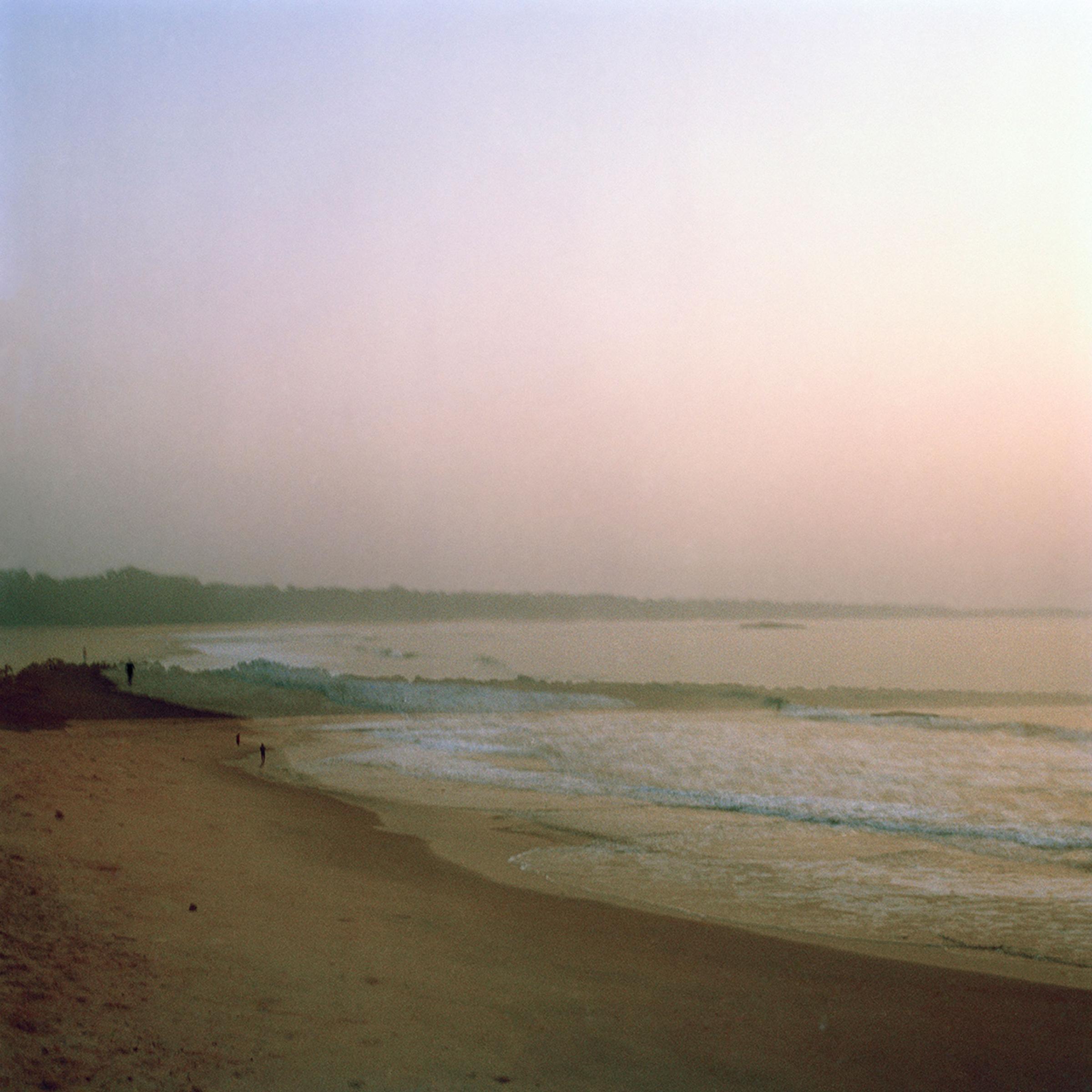
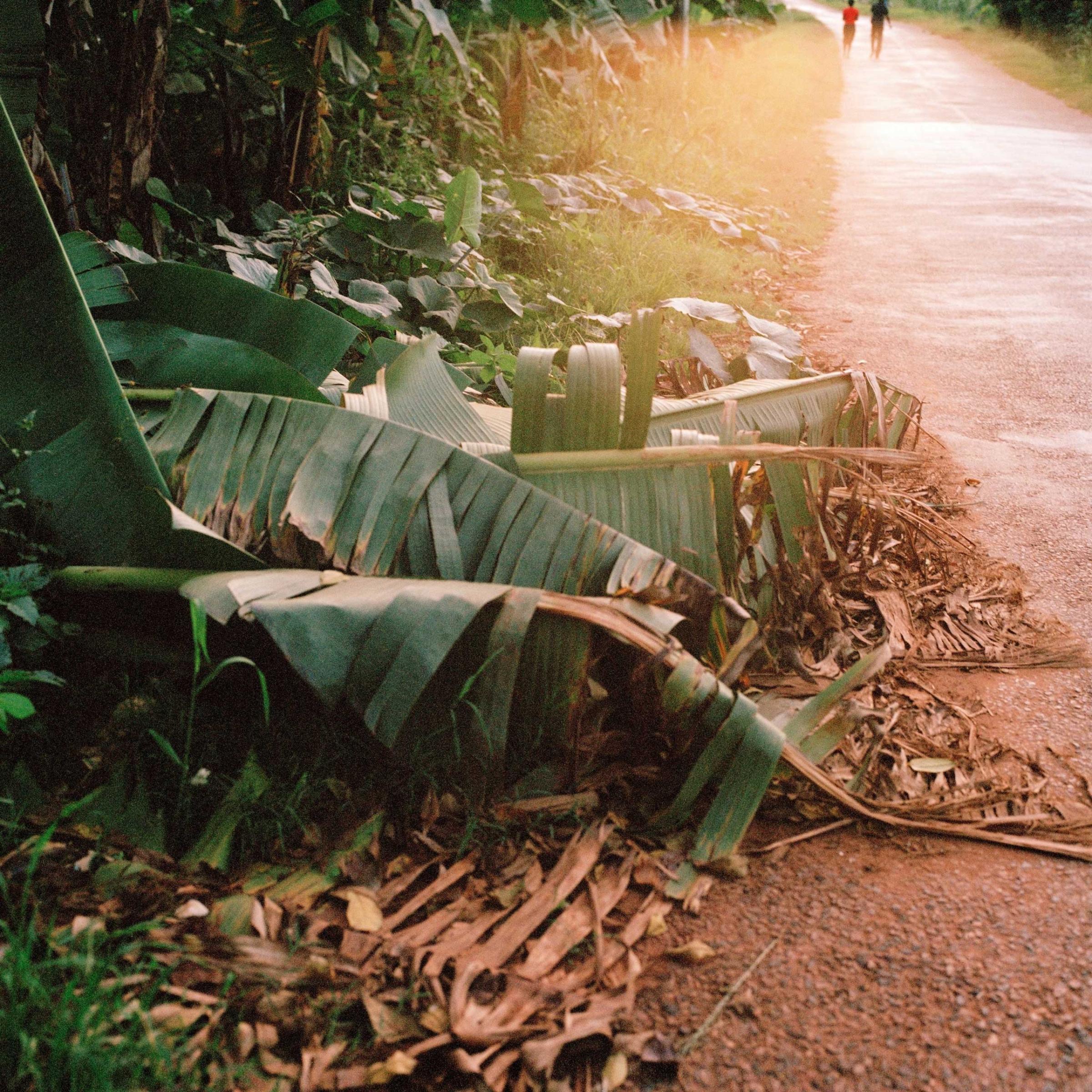
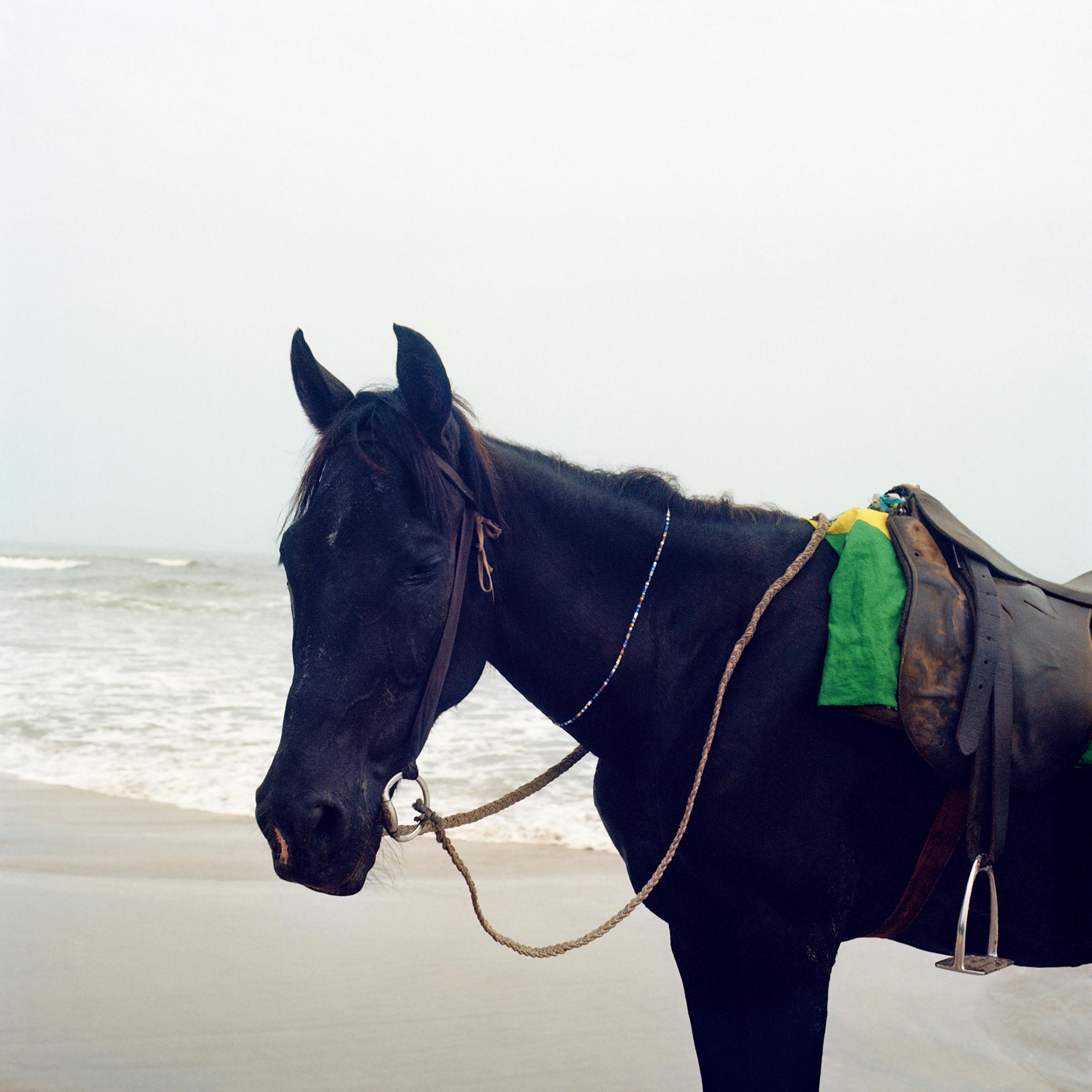
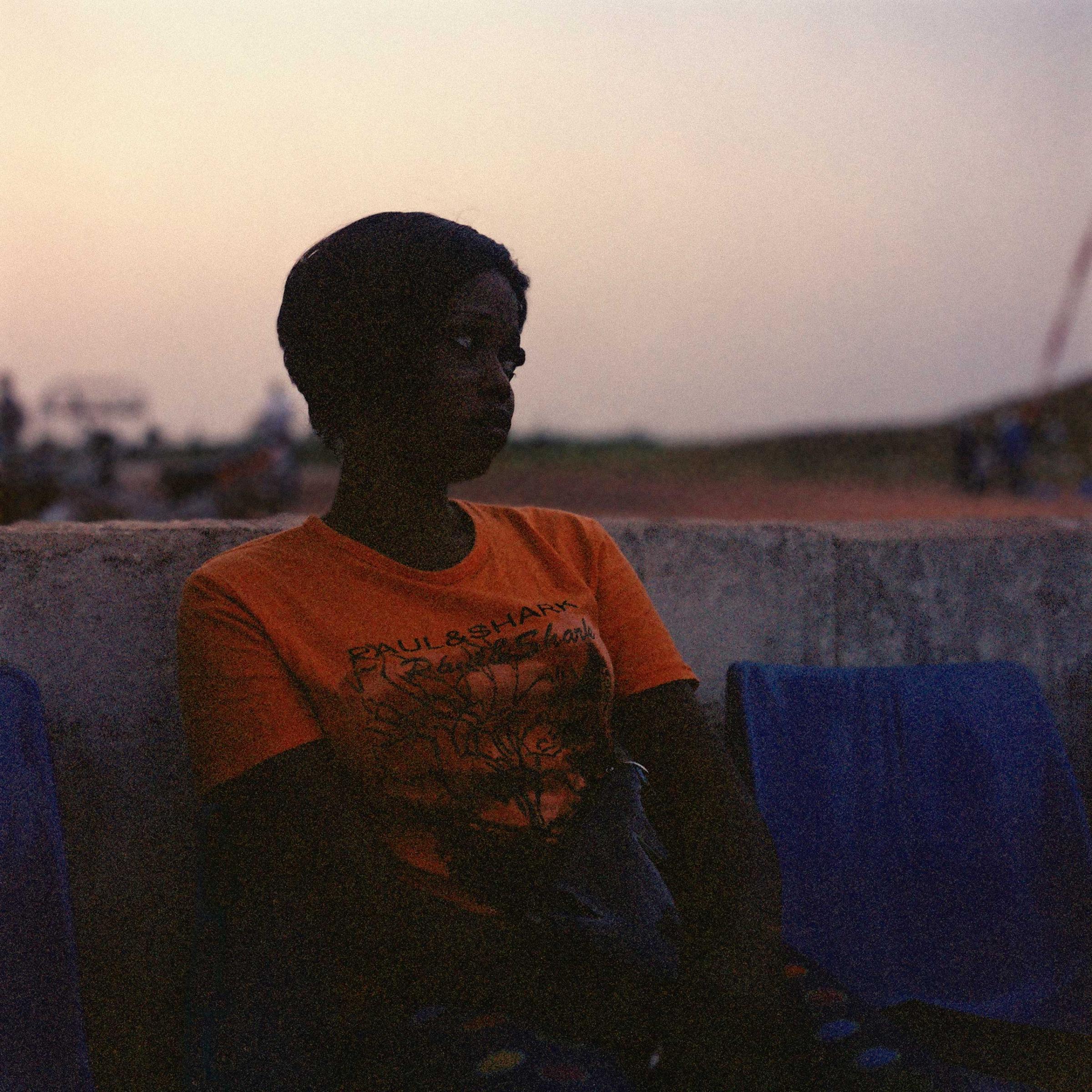
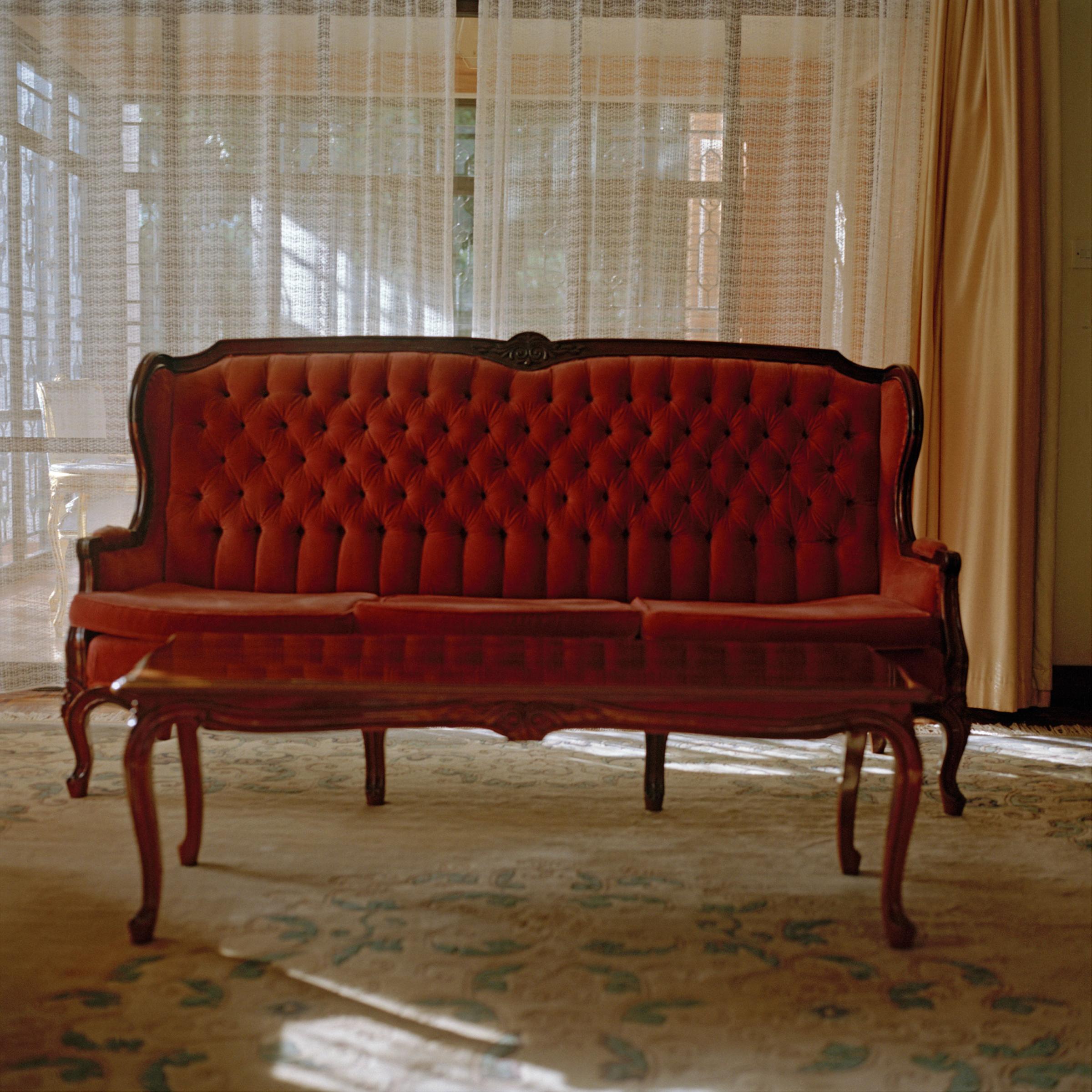

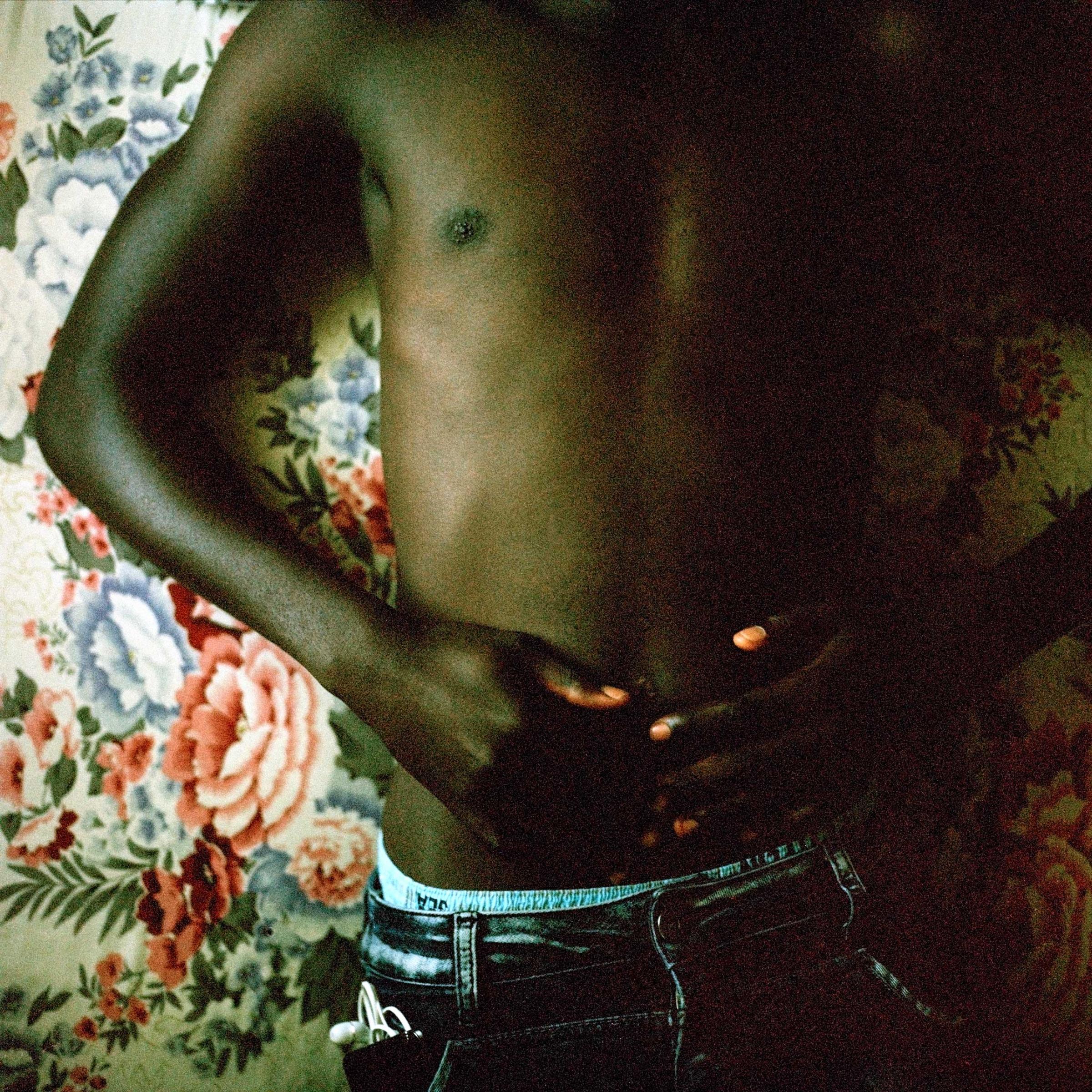
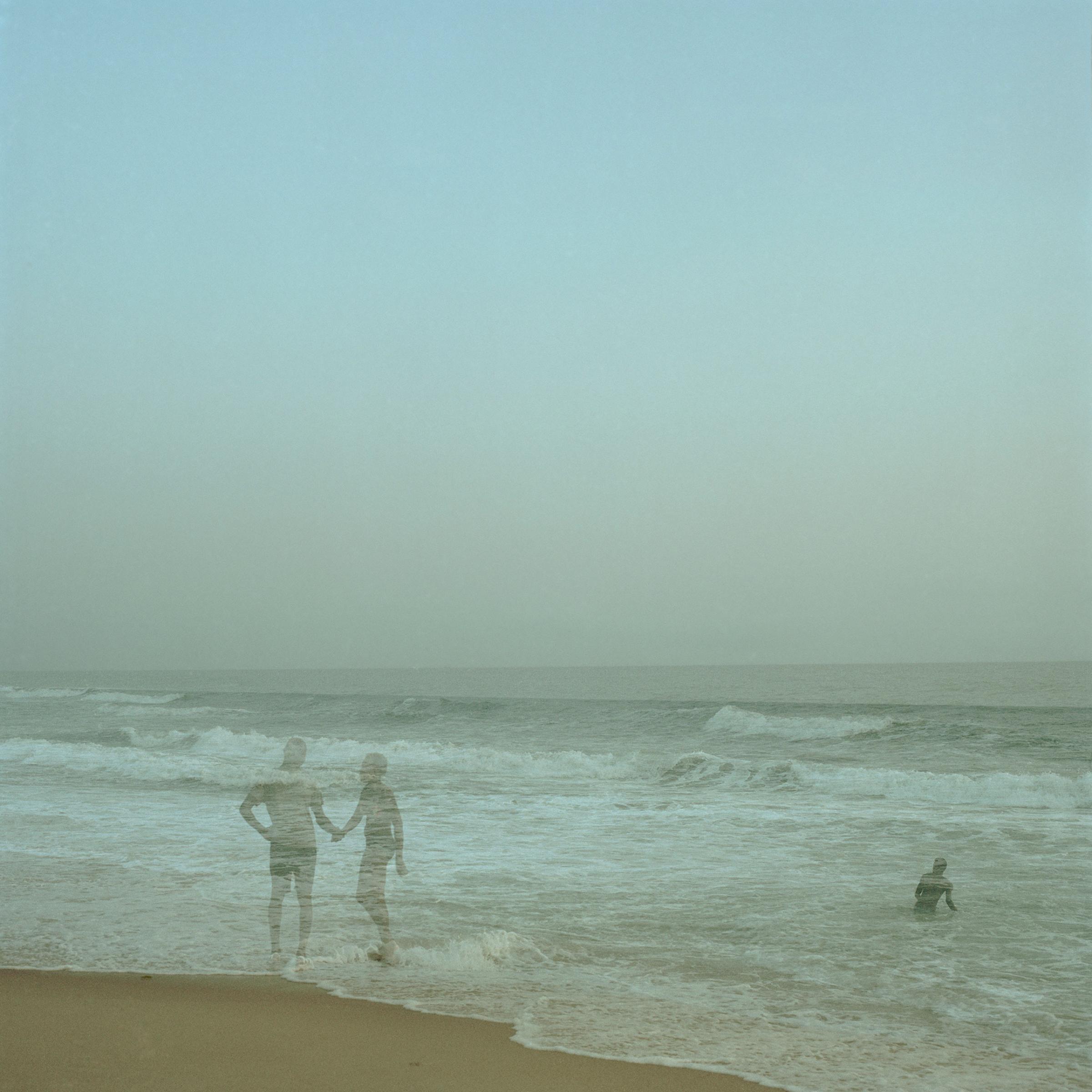

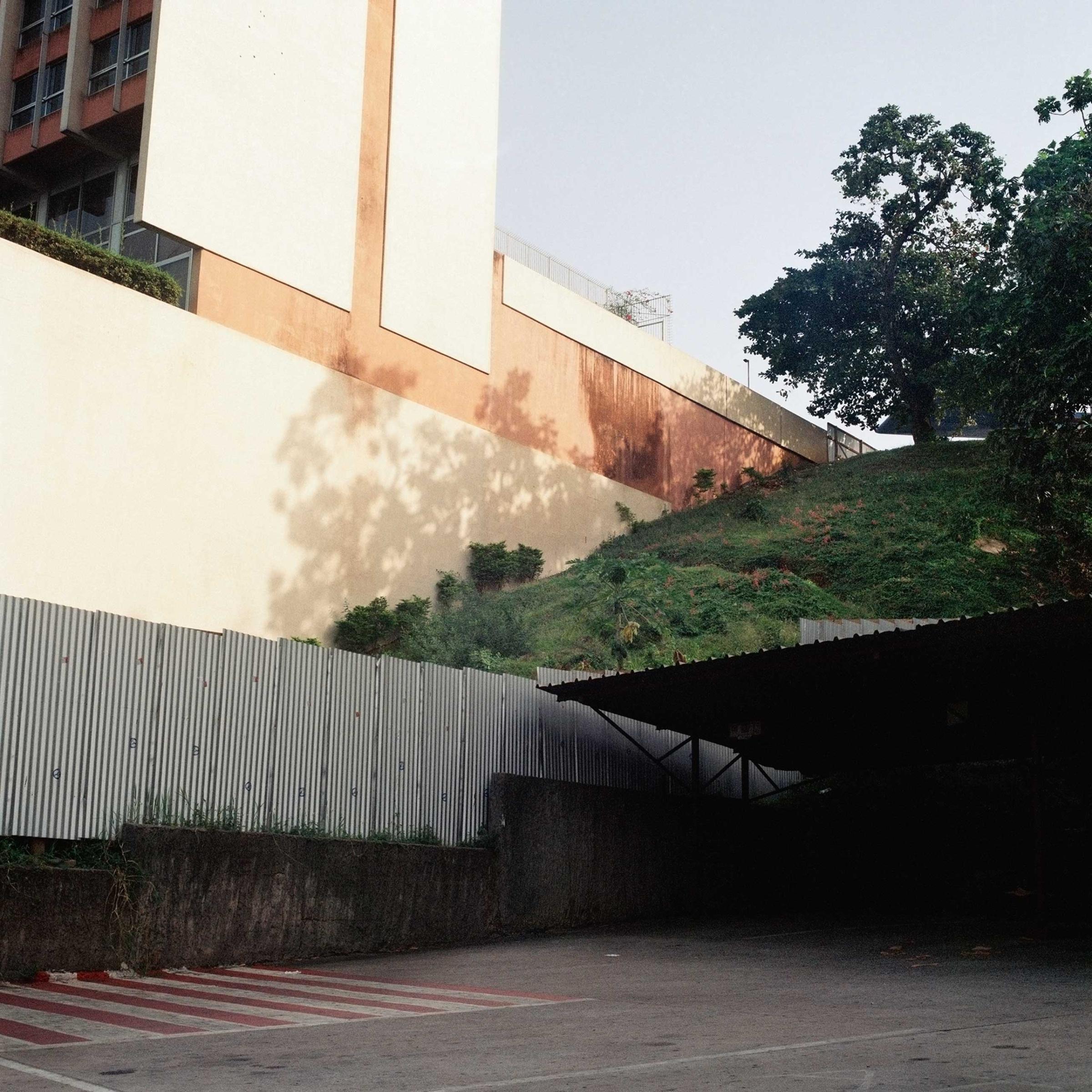
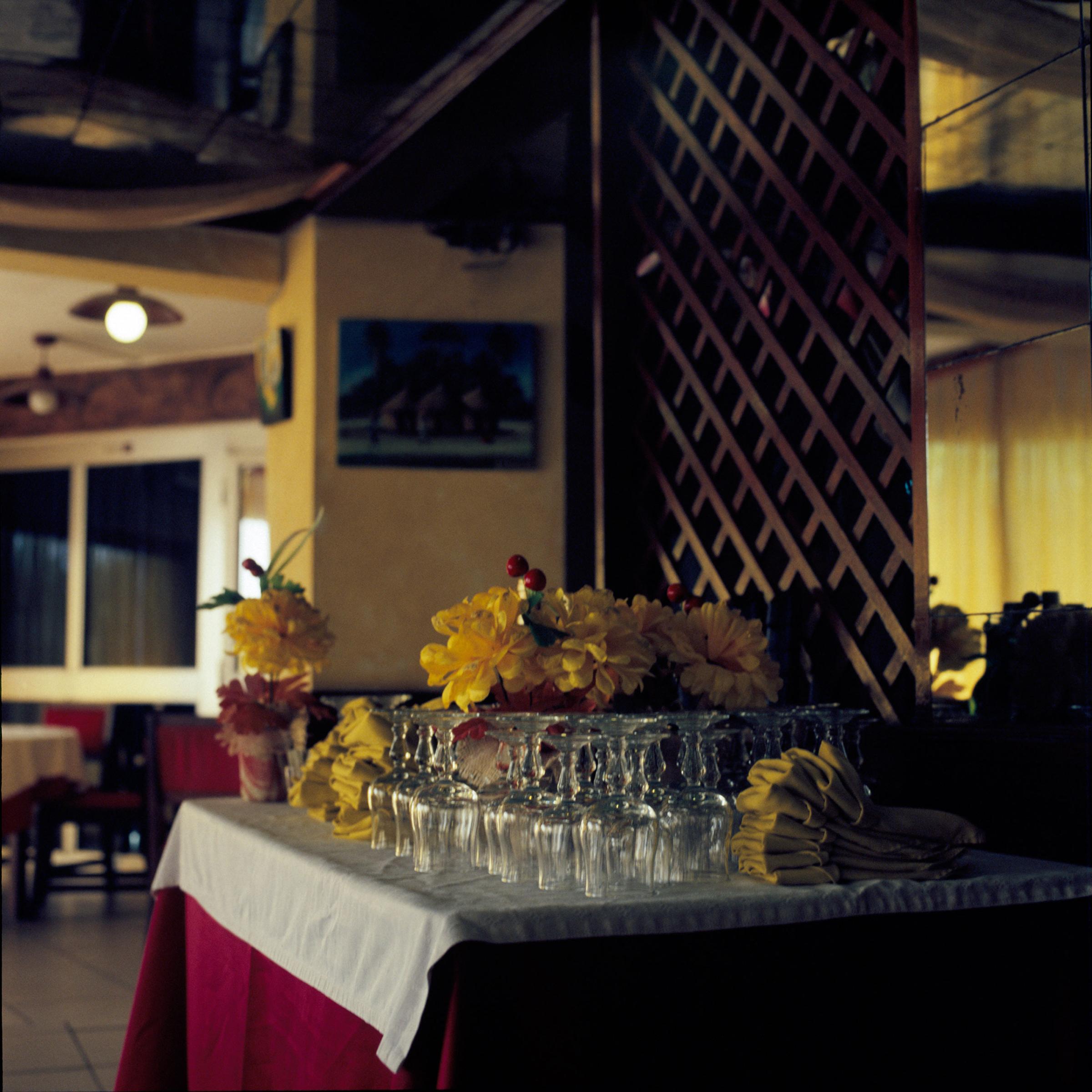
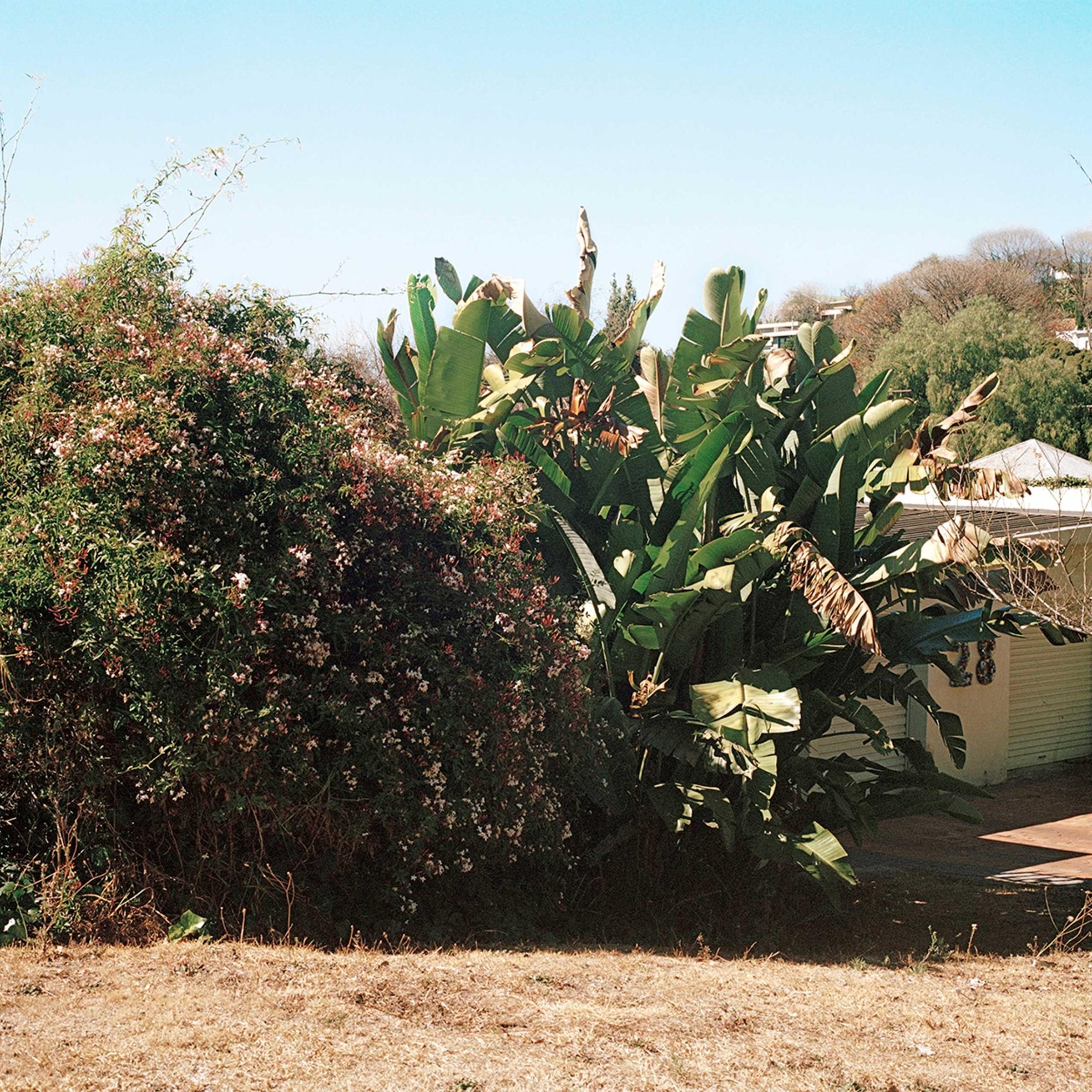
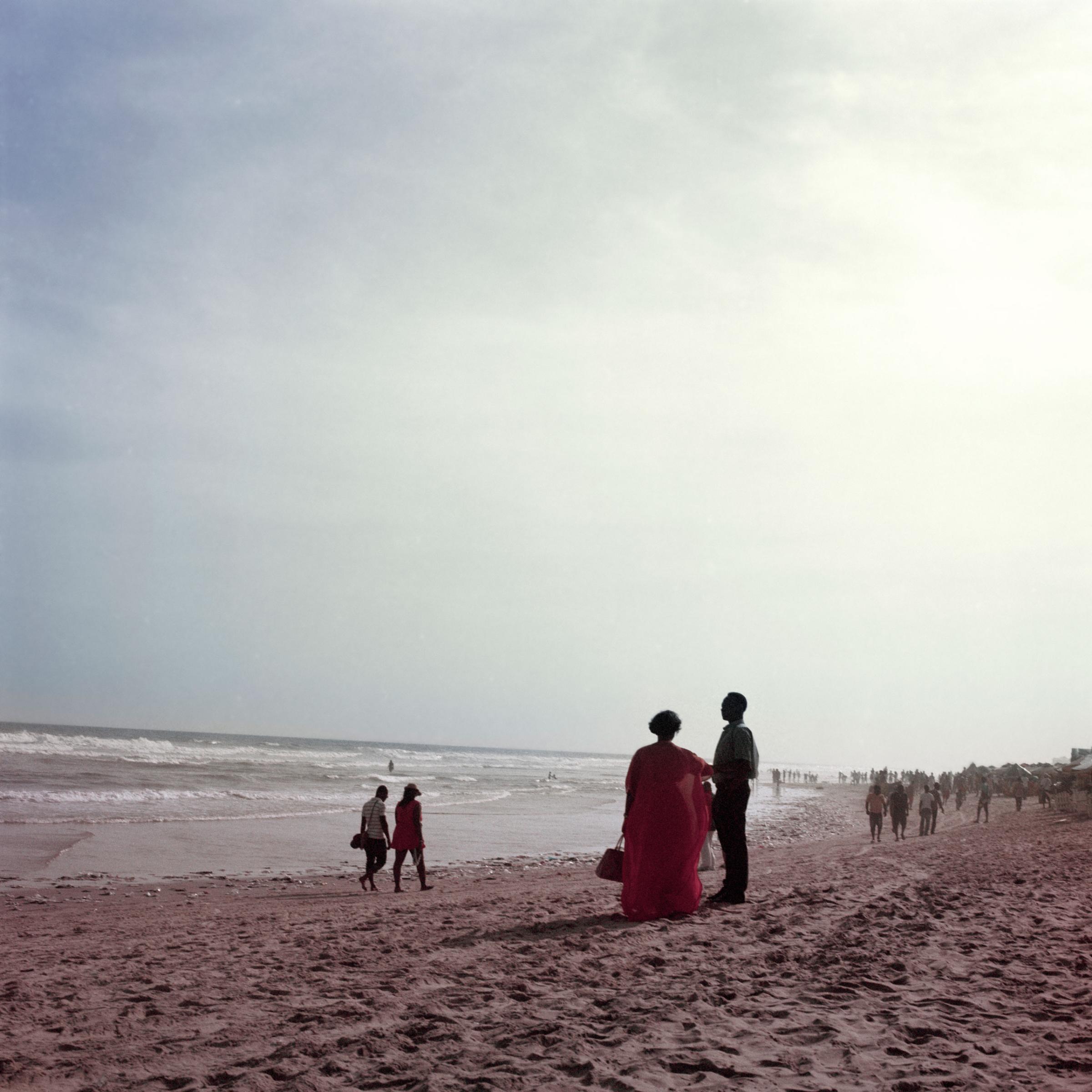
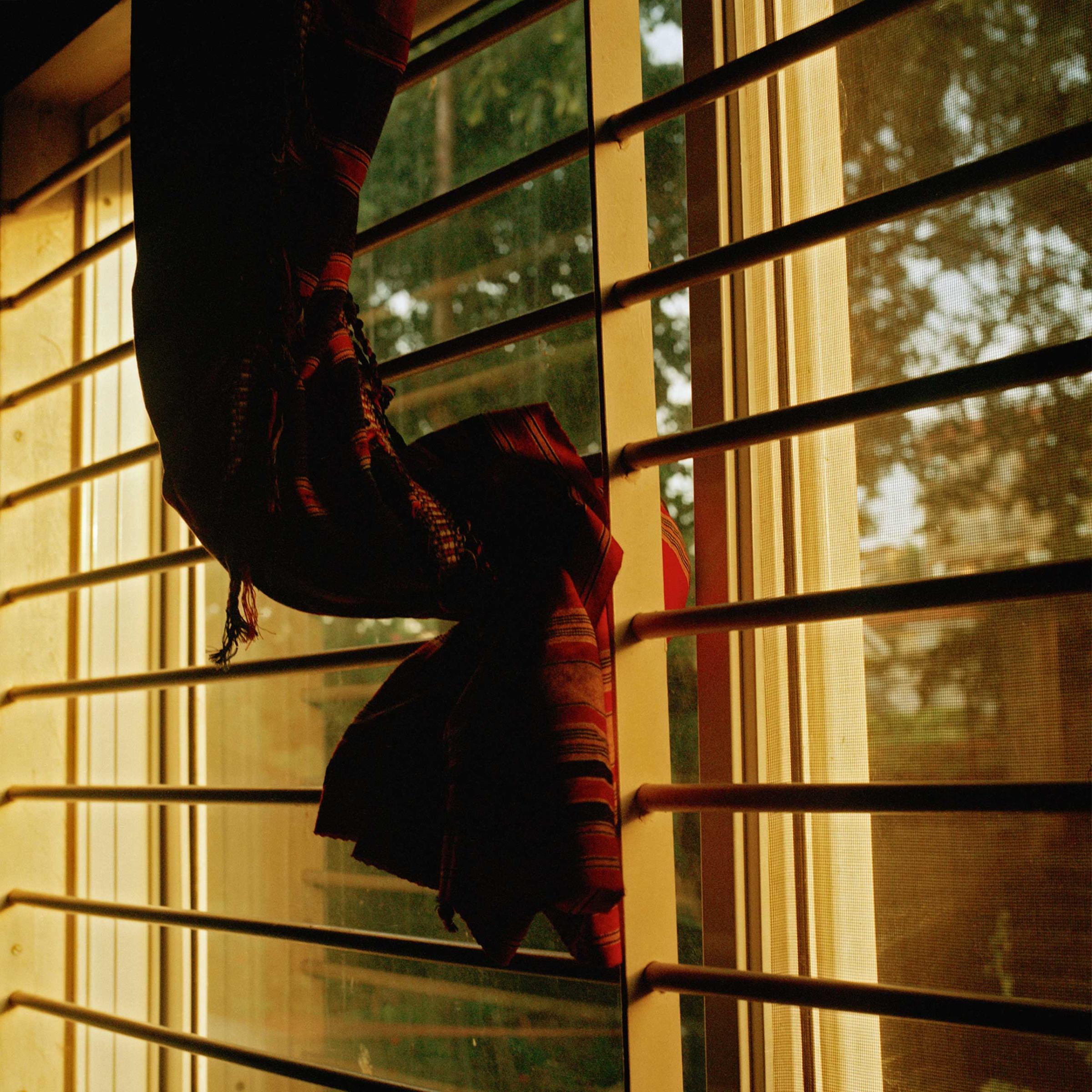
More Must-Reads From TIME
- The 100 Most Influential People of 2024
- The Revolution of Yulia Navalnaya
- 6 Compliments That Land Every Time
- What's the Deal With the Bitcoin Halving?
- If You're Dating Right Now , You're Brave: Column
- The AI That Could Heal a Divided Internet
- Fallout Is a Brilliant Model for the Future of Video Game Adaptations
- Want Weekly Recs on What to Watch, Read, and More? Sign Up for Worth Your Time
Contact us at letters@time.com